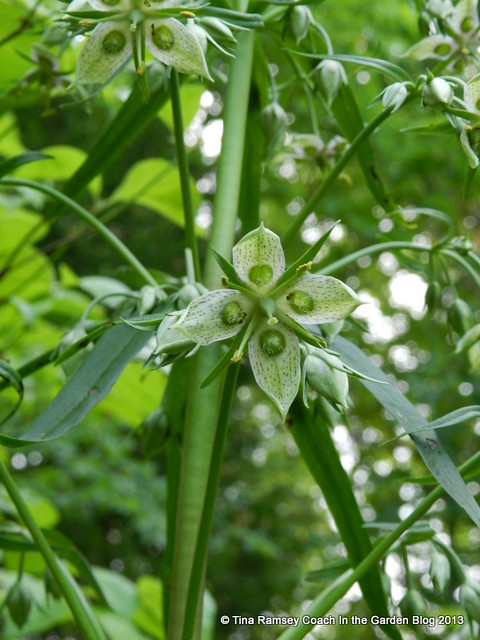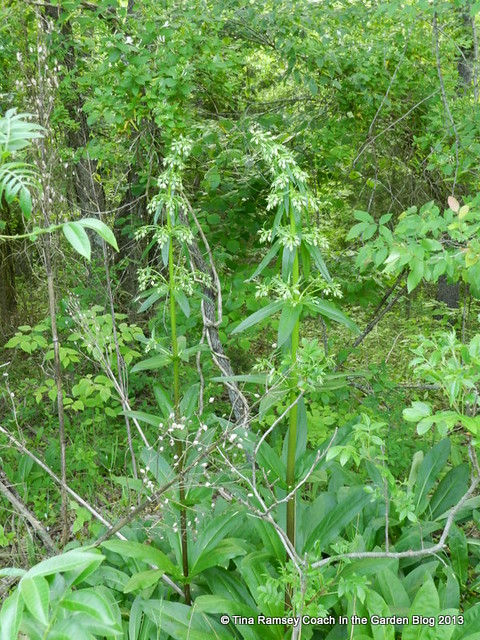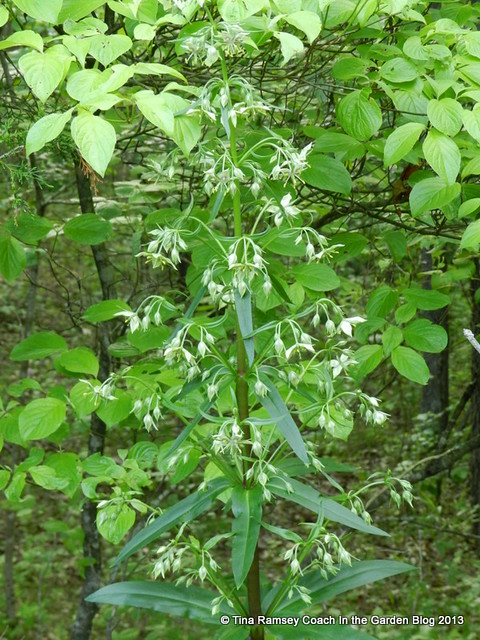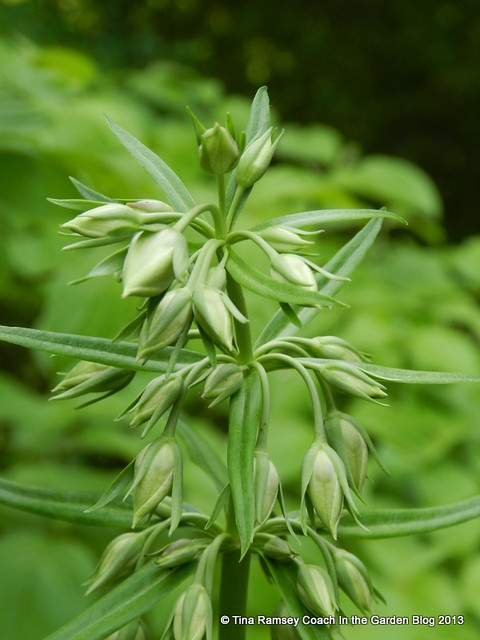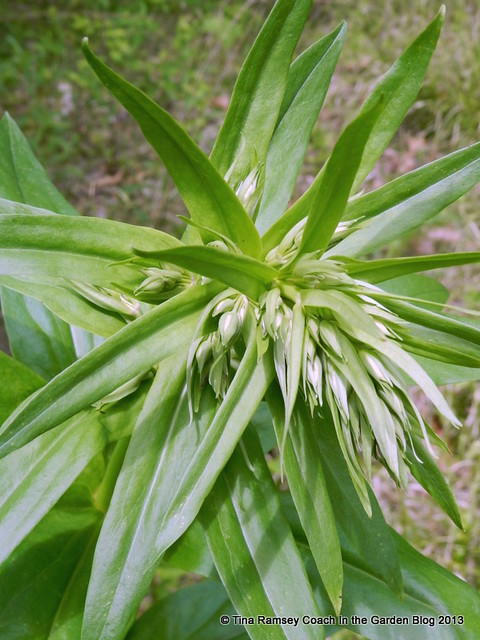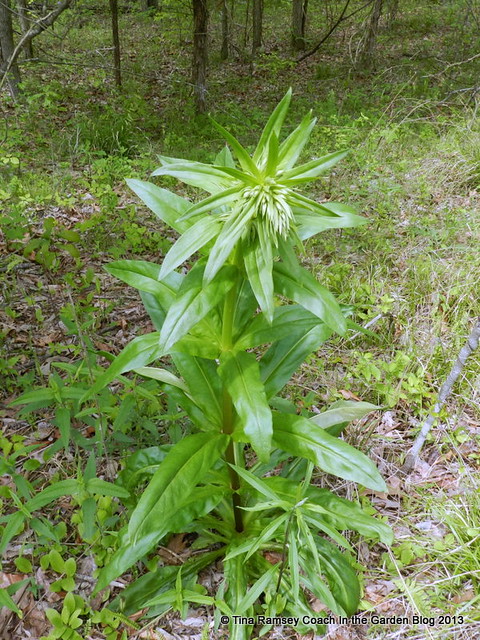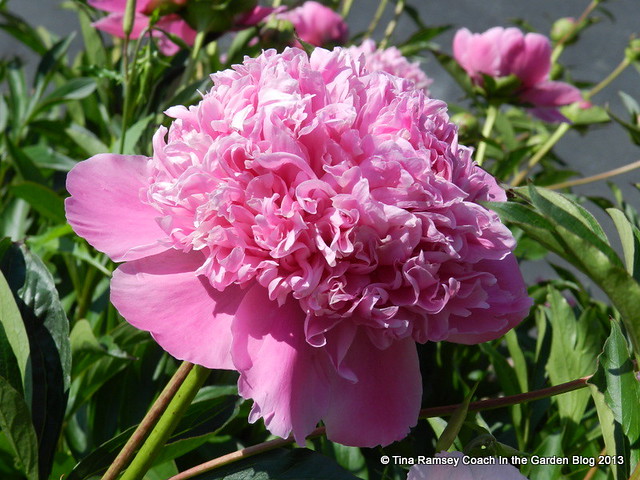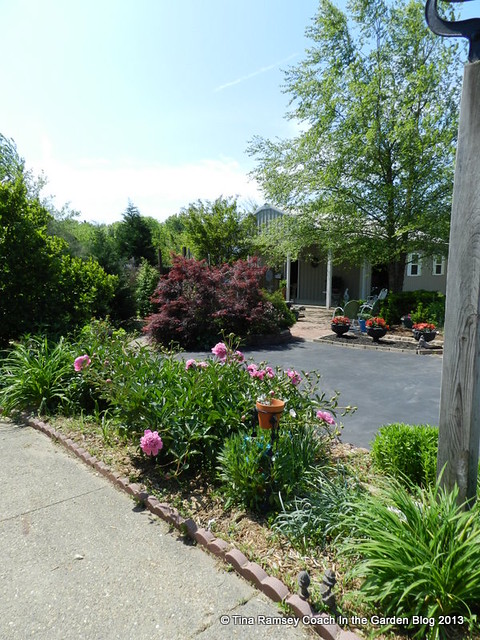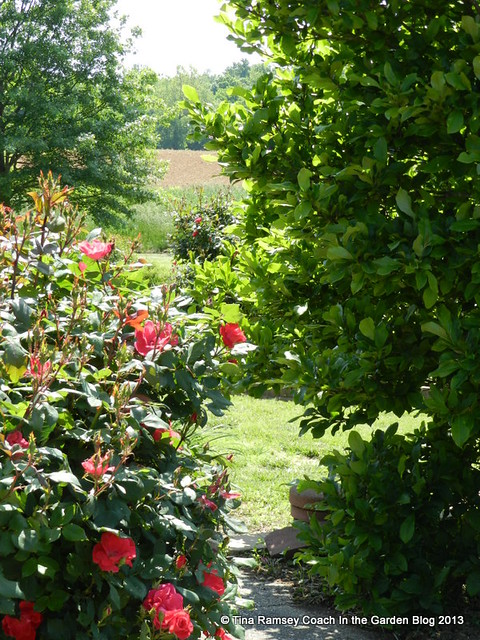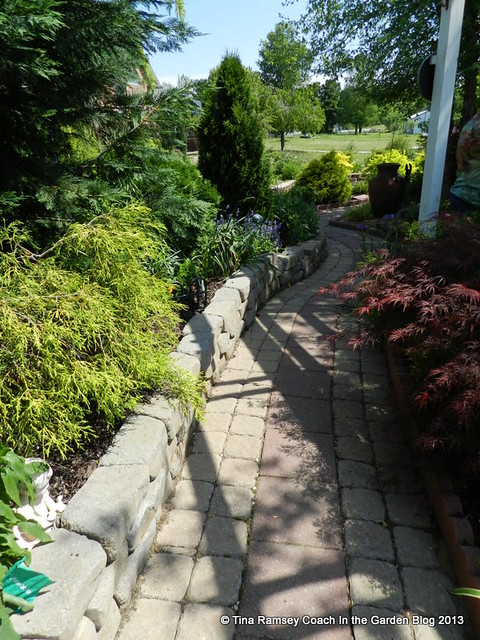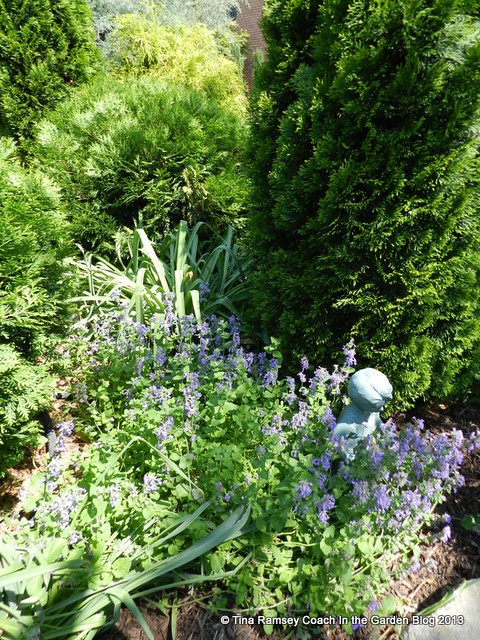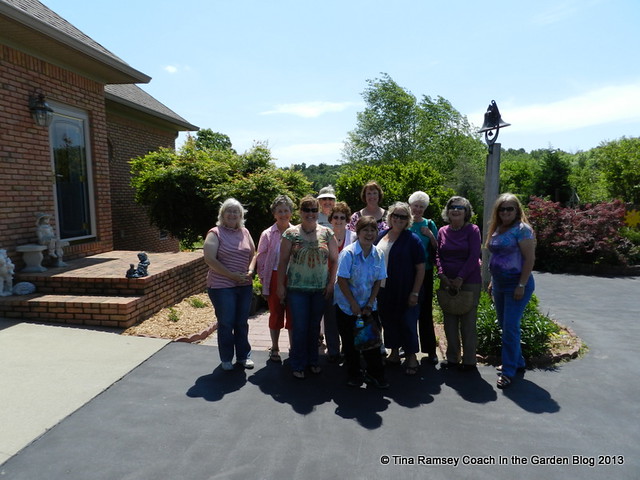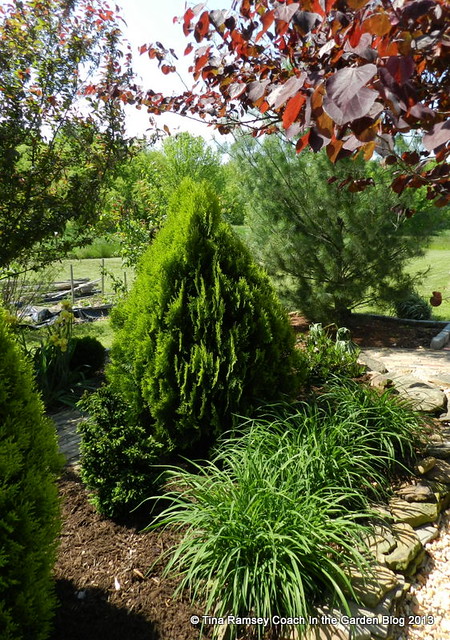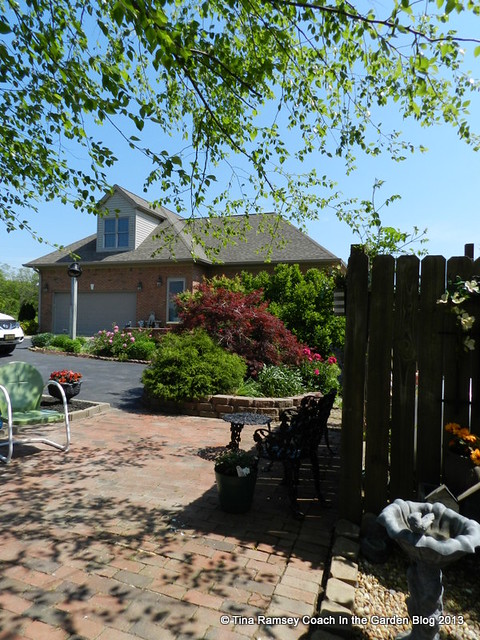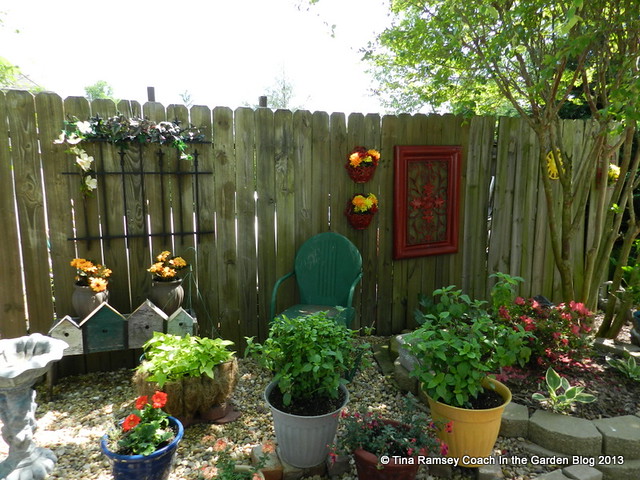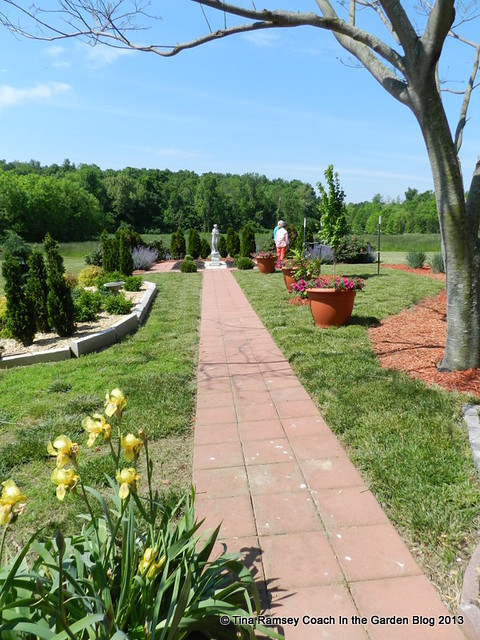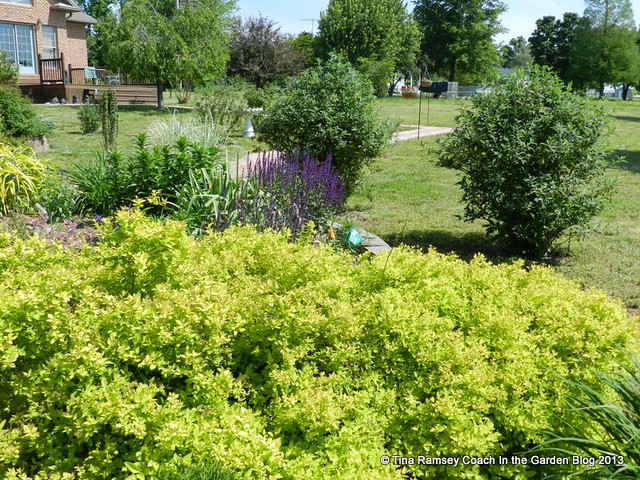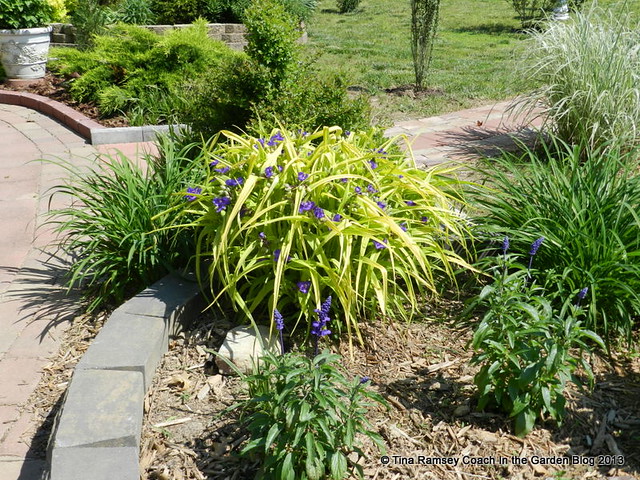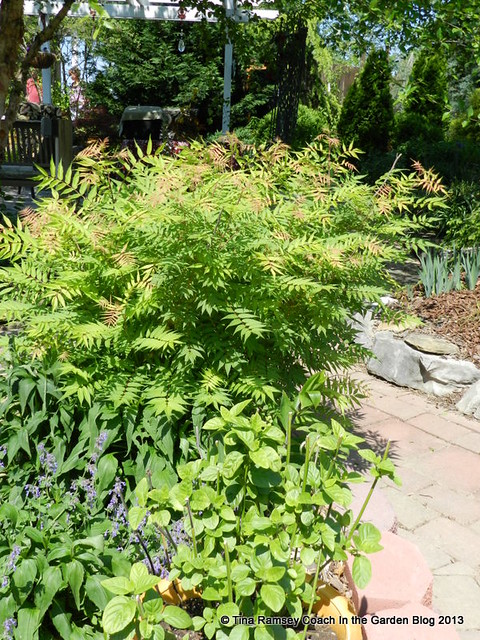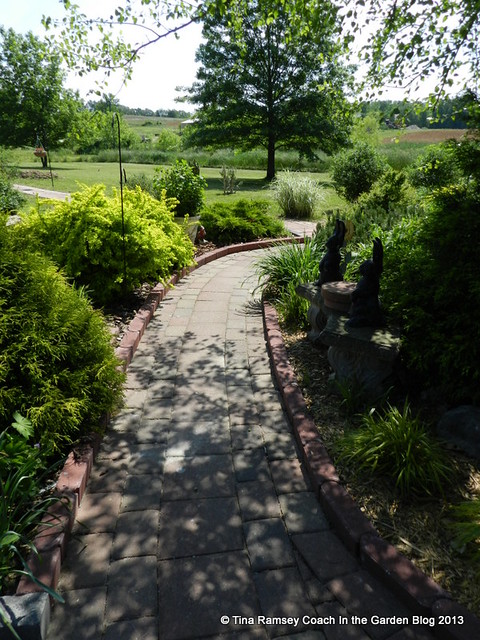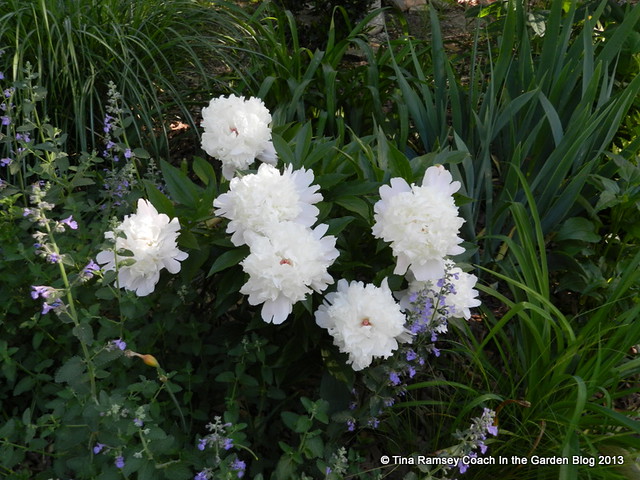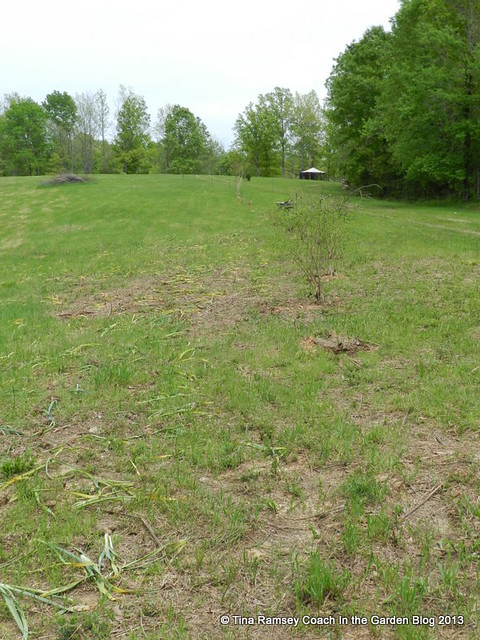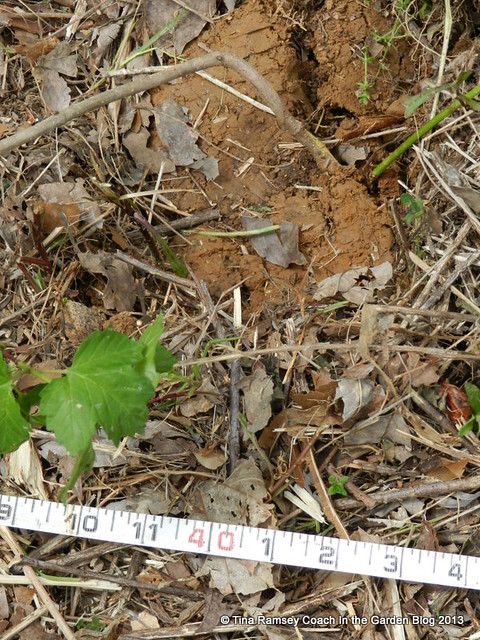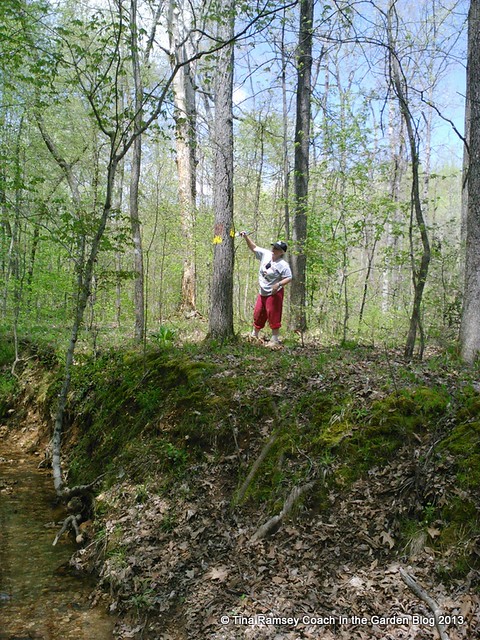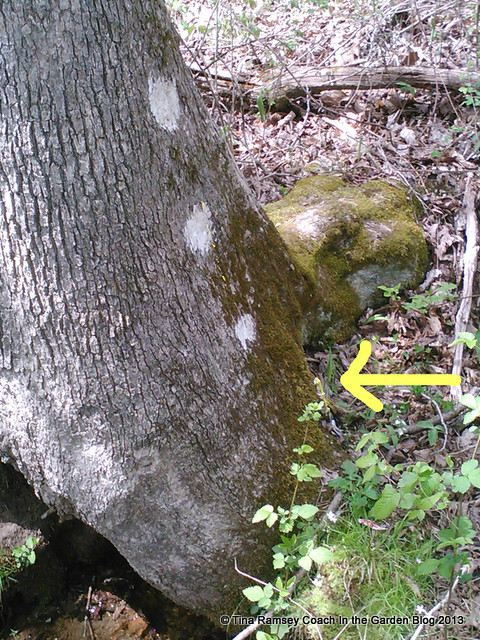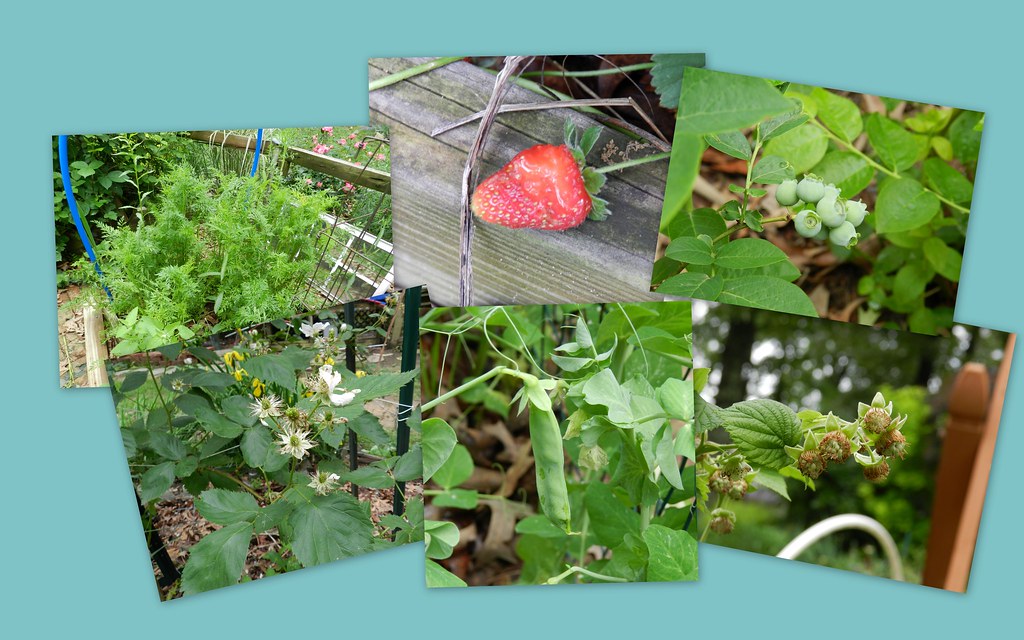
It's been forever since I've updated you all on my vegetable garden. The vegetable garden is doing well and is not totally neglected in my zest to get things moved to the new land. One thing I was hoping I could do was start a vegetable garden on the new land but, alas, that is not to happen until I know where the septic will go and a few other mundane things. I have promised myself not to move anything twice so the landscape must be done correctly--and slowly unfortunately. At any rate we still have a potager here. In the upper left hand corner of the mosaic we start with carrots, these were sown last fall and have wintered over. I am picking fresh carrots every day. Our bunnies and Jimmy's guinea pigs really enjoy the greens and carrots. Next up is a lovely ripe strawberry. Look closely and you will see there is a bite or two missing from it. The chipmunks, squirrels, and birds eat very well here. The blueberries are looking fantastic and will begin bluing up soon. Just under the blueberries are raspberries. I love fresh raspberries but will NEVER EVER plant the canes in my vegetable garden. These canes come up all over the garden! Yikees! I did not know they would do that and while it is easy to pull the unwanted sprouts it is an unnecessary evil. I plan to stake and trellis raspberries off by themselves in the new vegetable garden. They'll most likely be surrounded by grass that I mow. Next up are the peas! Yeah we have peas!! I planted these the first week of February and it took more than a month for them to come up. It was slow going. I just knew that it would turn too hot to get peas but because this spring has been somewhat cooler the peas are still doing well. I have been eating a few right from the garden. Lastly there is a picture of the blackberries. Blackberries are better behaved than raspberries but they will root wherever a cane hits the ground. They also get rather tall so they need to be trellised too. Not pictured but growing well are cucumber, tomato, and pepper transplants. I have yet to plant any seeds but will do so soon--I hope!
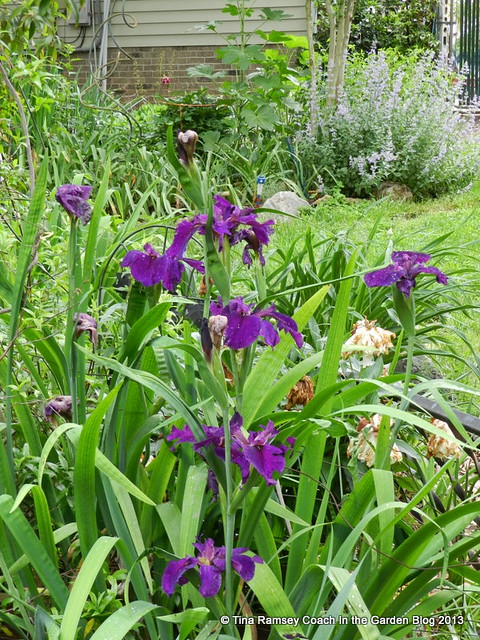
My potager is ornamental and being thus has many pretties growing in it alongside the fruits and vegetables. The above Siberian iris is a dark purple that looks great near some yellow Knockout roses.
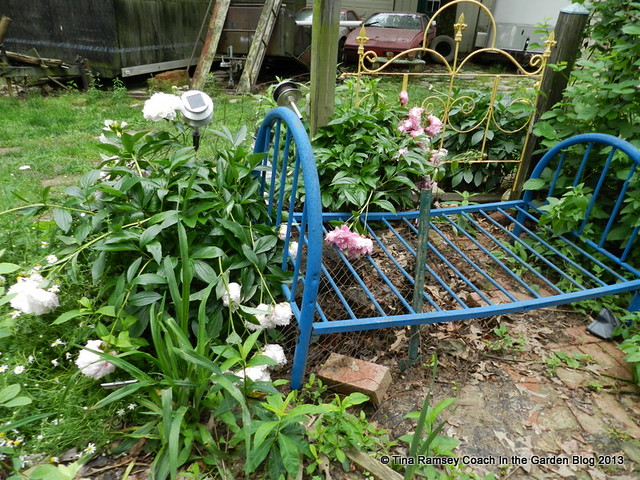
Peonies are blooming but there is one missing! I had three very large peony bushes growing around a stump in the potager. Did you know chipmunks like to live around stumps? My dogs know it. I have two labs, a yellow one and a black one and they are the best darned chipmunk killers I know--even better than the cats I think. They''ve killed eight so far in the past two months. That is on average one per week but still the chipmunks come. We are cursed with them. It must be all those good strawberries and vegetation they enjoy. At any rate, in their zeal to decimate the chipmunks one or both labs literally shredded a huge peony (Bowl of Beauty). I found a two foot deep hole and pieces of the peony tuber all over the brick in the potager. It was not a good day for me. To help save the other two peonies I put down wire with a 'garden bed' frame over the top of the wire. My labs are both about one hundred pounds and can easily move wire when the fancy strikes. The bed takes a bit more effort. In an attempt to change their behavior I have purchased a remote trainer. It seems to be helping. There is nothing like punitive punishment to get a dog's attention when they intent on destruction. Labs can be rather destructive as I've found out.
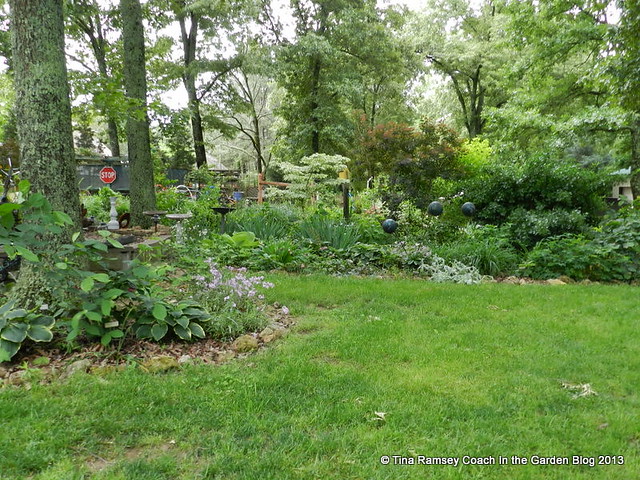
Lastly a good picture looking toward the potager through the Rear Center Garden. The Vegetable Garden is on the other side of this garden. This year the garden is looking better than ever despite being somewhat neglected. I have been spending a lot of time on our land making gardens and bushhogging. I hope someday our new land has gardens like I currently enjoy in my current gardens here outside of Clarksville. Would you like to see a sneak peek at a new garden? Here it is. It is no where near to looking like the above gardens but I promise it will in time. The new gardens will be similar to my current gardens but they will be missing shade. That is something that I will have to get used to. You can see the field in the background. There are a few saplings but that is it. This new garden is quite large (40' x 25') and gets the full west sun. On the east it is shaded by mature oaks and hickories which also shade a small pond. This garden will be prairie style with big drifts of color of mostly native plants. Easy care plants that don't need coddling and that the deer won't eat. Oh the possibilities! I am excited can you tell?
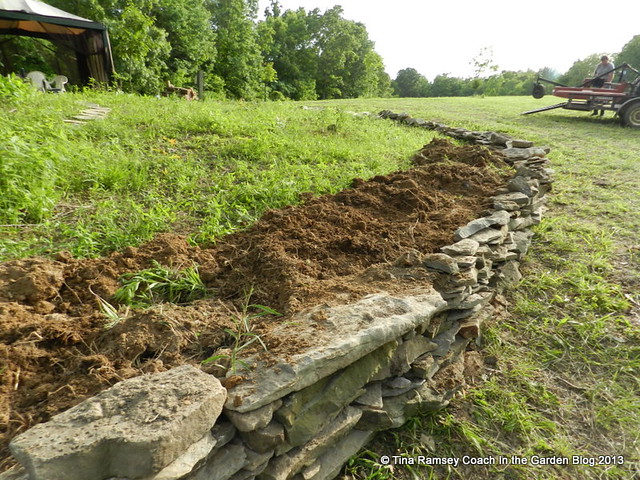
I built this thirty five foot stone wall out of stones I removed from Tiger Gardens. I love stone walls and this one will be visible from the back of our home. Mr. Fix-it and I have started backfilling it with soil from the land. It is a slow process but it is a process. Sometimes it takes time and that is just what the move of the gardens is taking. But at least you know why my Vegetable Garden and other things are being a bit neglected.
I think I have maybe one more post in the hopper to post but I plan to slow down on blogging for a while. I don't know how long. I don't think I'll ever leave blogging because I enjoy having the record of my garden and also of what I am doing in the garden and my life. This is like my photo album and diary (though not really a diary because I don't put juicy stuff on here:). It may not seem like I am busy but I feel like I stay busy all the time and staying on the computer is not really where I'd like to be....
in the garden....
Even though I plan to slow down here for a bit blogging goes in cycles for me. Sometimes more, sometimes less. Readers have always stuck with me and I appreciate that. I do plan to stay active on my Coach In the Garden FaceBook page. You all can always message me there or here on the blog.
